In a world propelled by the principles of sustainability and environmental awareness, electric vehicles (EVs) have ascended to unprecedented levels of popularity. The continuous upward trajectory of EV adoption has triggered a surging demand for charging solutions that are both efficient and convenient.
This is precisely where the realm of smart EV charging applications comes into the limelight. This comprehensive guide includes the journey of developing a smart EV charging application, from the initial spark of inspiration to the grand unveiling.
However, it is imperative to delve into some other crucial factors before plunging headlong into the development phase. So, let's begin with knowing the growth of EV charging ecosystem and then building an app on this concept:
Understanding the EV Charging Landscape
The landscape of Electric Vehicle (EV) charging is undergoing rapid and dynamic transformation, a reflection of its rise towards a great innovation of the era. To navigate this transformative landscape with finesse, it is essential to grasp the pivotal components and the intricate dynamics that shape it.
The excess of electric vehicles is propelled by their environmentally friendly nature, the allure of government incentives, and the resolute commitment to curtailing carbon emissions. This surge in EV ownership invariably begets a compelling demand for charging solutions that are not only accessible but also highly efficient.
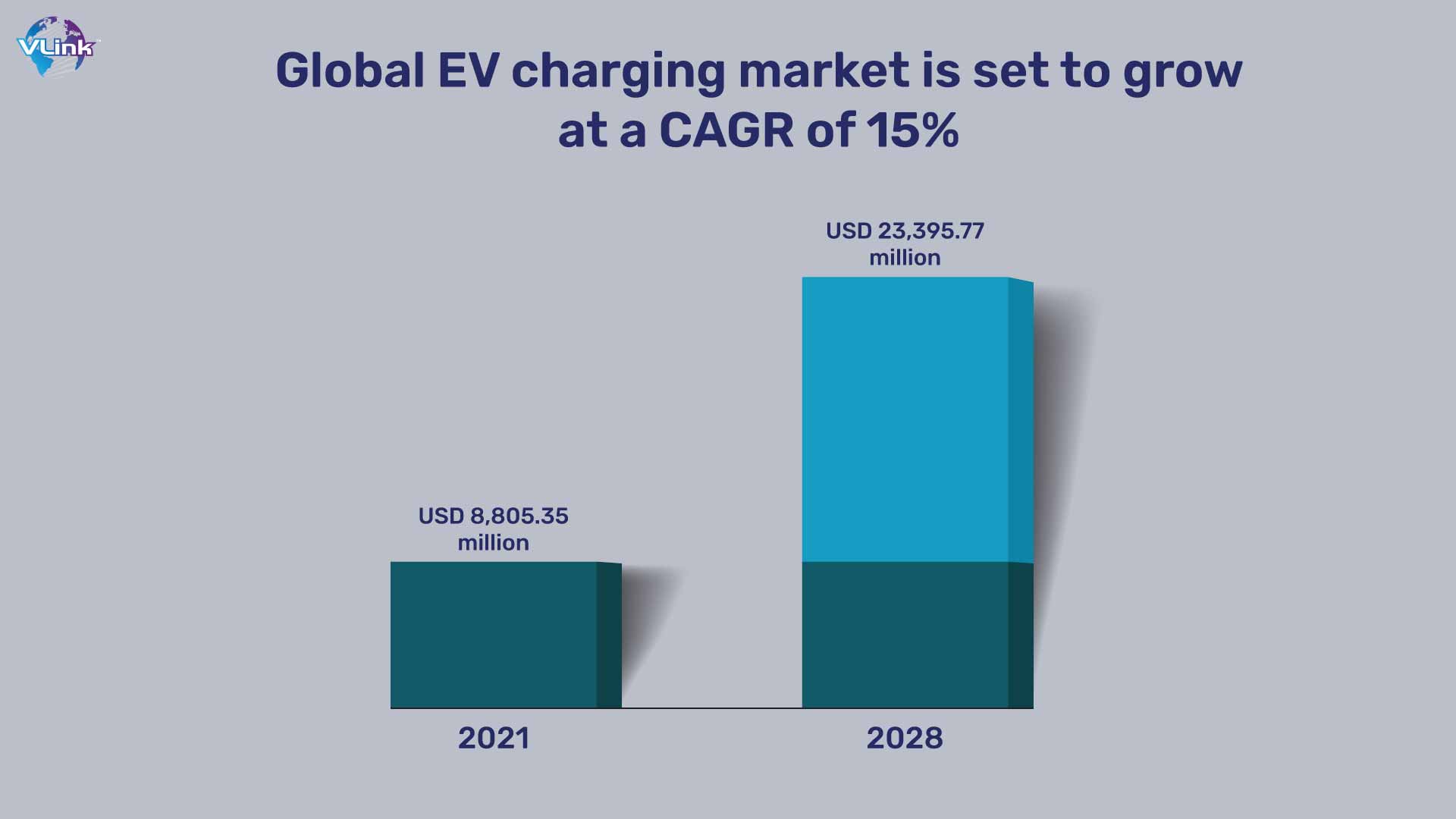
The EV charging landscape unfolds a tapestry comprising various types of charging stations, each offering a unique spectrum of charging speeds. These include the Level 1 chargers (operating at 120 volts), Level 2 chargers (operating at 240 volts), and the swiftest of them all, the Level 3 DC fast charging stations.
EV charging stations come in a myriad of forms, whether public, privately owned, or managed by extensive charging networks. The accessibility to these charging stations may exhibit considerable variability, which is why users often seek applications that provide a panoramic and all-encompassing view of both the public and private charging points.
Now that you have a sense of the vibrant tapestry that is the EV charging ecosystem, it's time to unveil the profound impact of amalgamating this sector with the cutting-edge technologies of mobile applications.
The Need for Smart EV Charging Apps
EV charging infrastructure and mobile app development are going to make the difference; they've redefined the way we interact with EV charging. These digital twins play a pivotal role in making the charging process seamless, efficient, and user-friendly. So, let's take a stroll through the significant roles these mobile apps perform in the EV charging ecosystem:
Mobile apps are beneficial in driving EV charging infrastructure’s success and helping owners to manage flexibly. These apps provide real-time information on the location, availability, and type of charging stations, allowing users to plan their routes and ensure they have access to charging when needed.
Many EV charging apps like Tesla superchargers integrate with navigation systems, offering turn-by-turn directions to the selected charging station. This feature simplifies the user's journey and reduces the risk of running out of battery power.
Some apps offer smart charging features, allowing users to schedule charging sessions during off-peak hours when electricity rates are lower. This not only saves money but also reduces the load on the grid during peak periods.
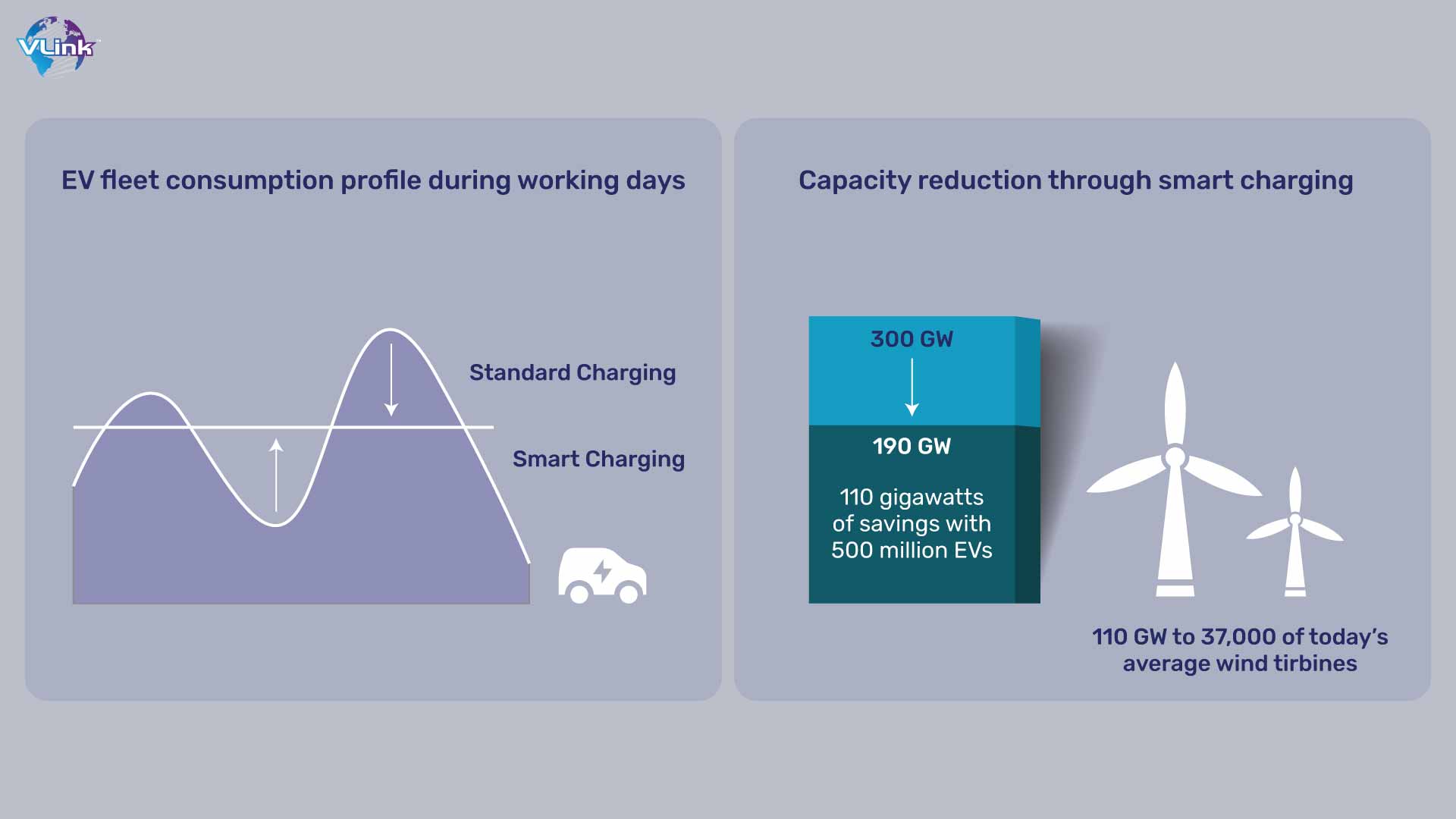
Mobile apps often provide information about charger types, making it easier for users to find stations that are compatible with their EVs. This is crucial, as not all EVs use the same connectors.
Integrating data analytics can connect with the user's EV, providing real-time data on the vehicle's charging status, battery life, and estimated range. This information enhances the user's overall experience.
Apps send notifications and alerts to users, keeping them informed about their charging progress and notifying them when their vehicle is fully charged.
Must-have features in a smart EV charging app
Developing a successful electric vehicle (EV) charging app requires a comprehensive set of features that cater to the needs of both EV owners and charging station operators. Here are the must-have features that should be integrated into an EV charging app:
Charging Station Locator: A map-based station locator is essential for users to find nearby charging stations. This feature will display real-time information about station availability and status. It will provide detailed information about each charging station, including connector types, charging speed, and accessibility. This includes photos and user reviews for added transparency to the users.
GPS-enabled Navigation: This feature offers navigation and directions to the selected charging station to help users reach their destination efficiently. In case of long queues or congestion, the app can also help users to divert the traffic to other stations through navigation.
Real-Time Updates: It ensures real-time data on station availability and waiting times to be availed to the users coming to recharge their vehicles. The notifications will be sent to the users according to their personalized settings and when their charging session is needed or completed.
These notifications will help them track activities on their smartphones as user engagement is at peak on mobile devices.
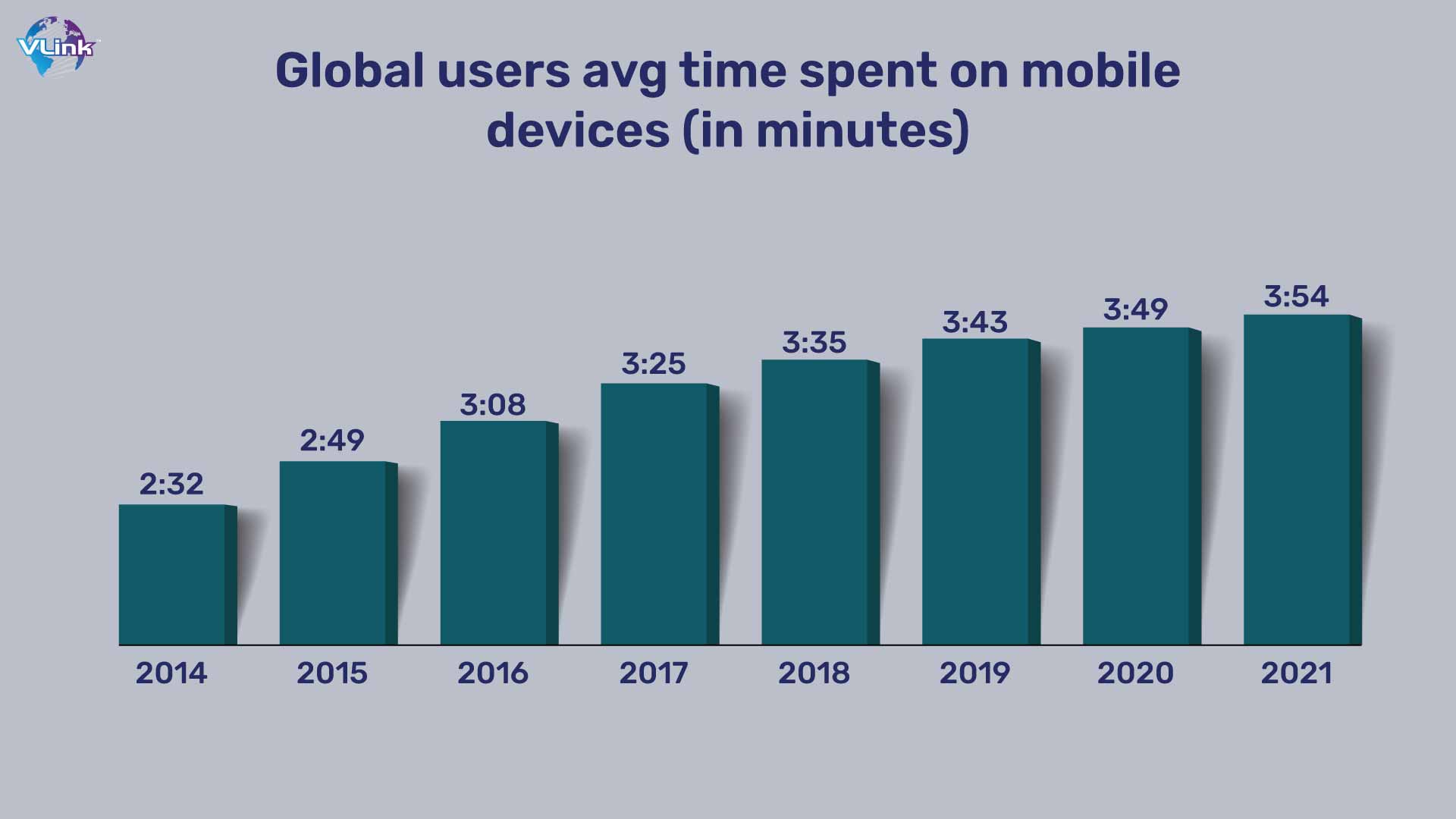
Payment Integration: The app will also need secure payment processing for charging sessions, including credit card or mobile wallet options. Also, the feature will include transparent pricing information on the basis of rates available on charging stations.
User Account Management: It allows users to create accounts, set preferences, and track their charging history while providing a digital wallet for managing payments and receipts. The account will also help to manage transactions, personal details, payment information, and a lot more.
Smart Charging Scheduling: In case users forgot to recharge their EVs, this feature will help them schedule charging sessions during off-peak hours for cost savings and grid optimization.
User Reviews and Ratings: This feature is crucial to know which charging stations are best to adopt smooth experiences. Incorporating a rating system for stations will allow them to share feedback, reviews and ratings. As a result, they can make choices about the station’s quality and reliability.
Security and Data Privacy: Implementing robust mobile app security measures to protect user data and payment information. The app must ensure compliance with data privacy regulations with standardized protocols.
Integration with EV Data: Here, the connectivity with user's EV is necessary to provide real-time data regarding vehicle’s health. This includes battery usage, charging periods, mileage, working of every function, and a lot more.
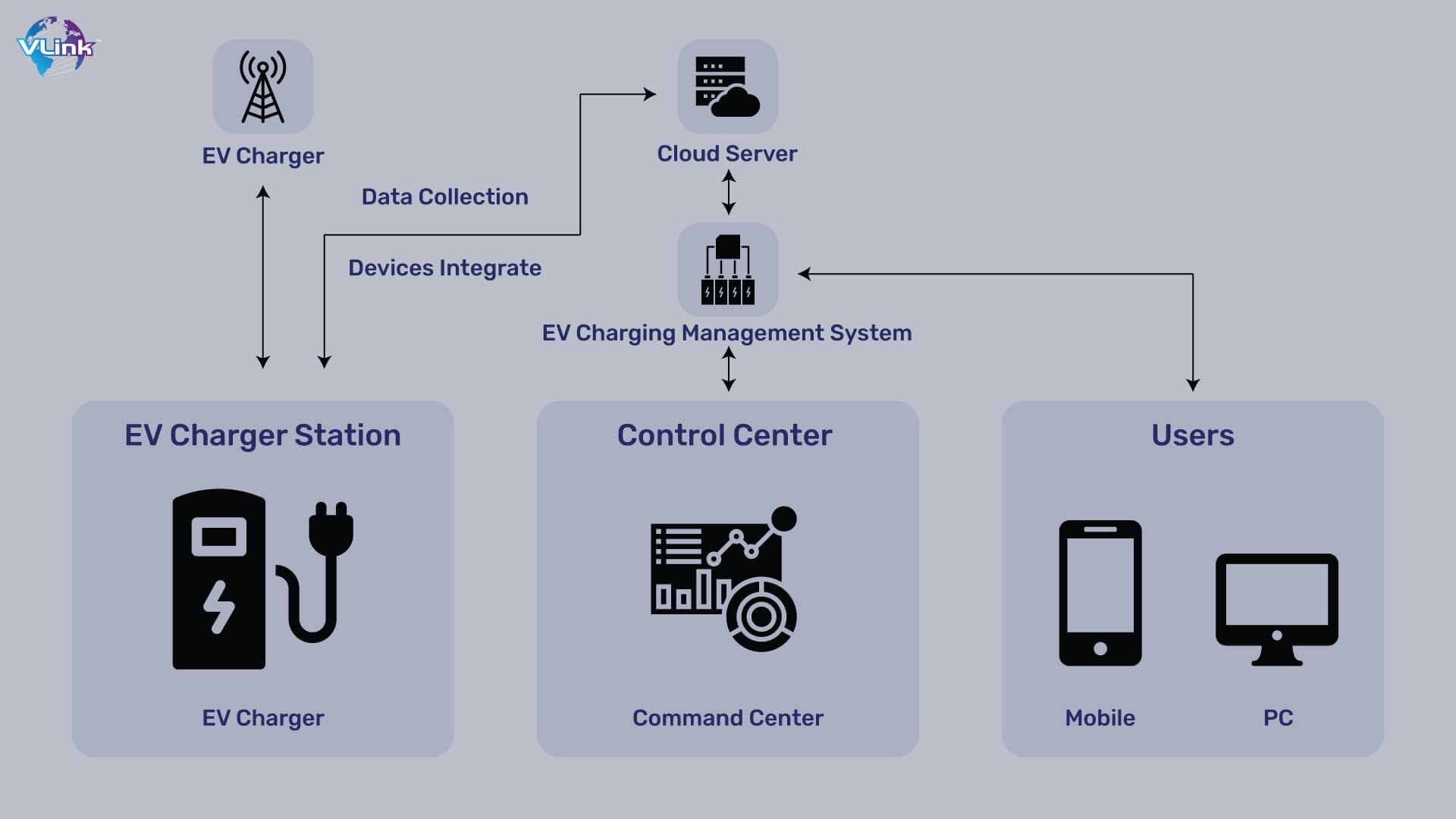 Regulatory Compliance: You need to make sure that the app adheres to industry standards and regulations, such as the Open Charge Point Protocol (OCPP).
Regulatory Compliance: You need to make sure that the app adheres to industry standards and regulations, such as the Open Charge Point Protocol (OCPP).
Multi-Network Support: Integrate with various charging networks, providing users access to a wide range of charging stations. Make sure the app is available on both iOS and Android platforms, catering to a broader user base.
Choosing the right technology stack for EV charging app development
Creating a successful EV charging app requires careful consideration of the technology stack to ensure its efficiency, reliability, and scalability. This section will guide you through the essential aspects of choosing the right technology stack for EV charging app development.
- Frontend development─ React.JS, Vue.JS, HTML, CSS
- Backend ─ Node.JS, Python, Express.JS
- Android tools ─ Kotlin or Java
- iOS tools ─ Swift
- Database technologies ─ MySQL, MongoDB, PostgreSQL
- Cloud Services ─ AWS, Google
- Server ─ Apache, NGINX
- Analytics ─ BigData, Hadoop, Spark
By carefully considering each aspect, you can create a reliable and efficient app that contributes to the growth of the EV industry.
Process for building a smart EV charging app
Creating a smart Electric Vehicle (EV) charging app involves a structured development process that encompasses various stages. Here's a comprehensive step-by-step guide to building a successful smart EV charging app:
Market Research and Analysis:
Understand the EV market trends, user preferences, and the demand for charging solutions. You need to analyze competitors' apps to identify strengths, weaknesses, and areas for differentiation.
Define Objectives and Goals:
Clearly outline the objectives of the app, such as user convenience, real-time updates, and sustainable charging options. To make sure everything goes smoothly, set specific goals, such as user acquisition targets and user engagement metrics.
Conceptualization and Designing:
Define the core features and functionalities of the app, including station locator, payment integration, and user account management. This will help you create wireframes and mockups to visualize the app's interface and user flow.
Frontend Development:
This step involves the implementation of UI/UX design based on the wireframes, ensuring an intuitive and user-friendly experience. The frontend developers will incorporate interactive elements for features like station locator and navigation.
Backend Development:
At this stage, the backend developers will implement the infrastructure to handle user authentication, payment processing, real-time data updates, and database management. They will implement secure APIs for communication between the app and server.
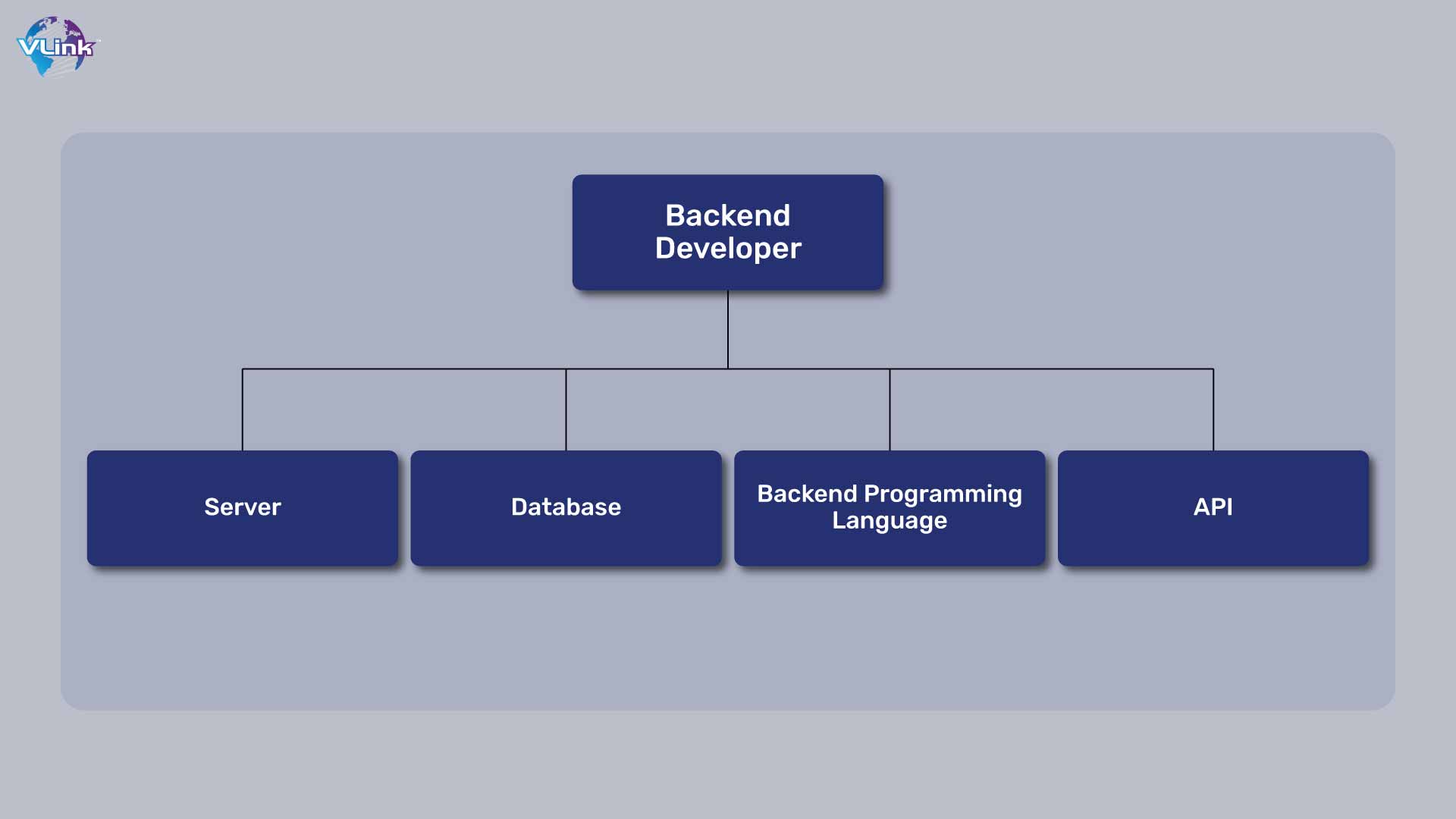 APIs will include real-time data integration, payment integrations, user account, GPS, activity tacking and all other necessary features.
APIs will include real-time data integration, payment integrations, user account, GPS, activity tacking and all other necessary features.
Testing and Quality Assurance:
This is a crucial phase where every code, functionality and logic will be tested to identify and resolve bugs, ensure app stability, and verify that all features function as intended. There are several methods involved in testing and QA practices to ensure the compatibility of different devices and platforms.
Moreover, the experts will also implement security measures to protect user data, including encryption, secure authentication, and compliance with data privacy regulations.
Deployment and Launch:
The final step in building a smart EV charging app is to publish it on relevant app stores (Google Play Store, Apple App Store) after thorough testing and quality assurance. Moreover, the integration of data analytics will help to monitor app performance post-launch and address any immediate issues.
By following these steps, you can build a smart EV charging app that provides a seamless and user-centric experience, contributing to the growth and accessibility of electric vehicle charging infrastructure.
Cost to build an EV charging app
When the actual mobile app development cost for your EV charging app, it becomes imperative to embark on a comprehensive analysis of the intricate web of features slated for integration within the software and the technological underpinnings that will orchestrate the realization of this feature set.
To provide you with a glimpse, the price tag for EV charging software hovers in the range of $40,000 to $250,000. The overarching cost calculus of this software endeavor is a mosaic of multifarious elements.
These include the hourly rate for software development, the underlying technological infrastructure, the suite of features earmarked for software integration, and the adeptness and size of the team dedicated to EV smart charging software development.
Furthermore, it's pivotal to appreciate that the realm of optimal returns on your investment, coupled with the charting of triumphant trajectories for your EV charging management software in this dynamic ecosystem, is the exclusive purview of specialized EV charging software companies. They stand as the vanguards in ensuring your investment yield finds its zenith in this demanding landscape.
VLink’s approach to build an EV charging app
At VLink, we hold our heads high as a distinguished application development company in the industry. Our proficiency as a pioneering tech partner fuels revolutionary shifts within the industry. Our seasoned app developers shine in the realm of state-of-the-art technologies, empowering us to furnish customized solutions that fine-tune operations and elevate supply chain management.
From predictive maintenance to demand forecasting, our suite of artificial intelligence services empowers businesses to maintain a competitive edge in the ever-evolving landscape. Place your trust in VLink as your strategic ally in the journey to embrace AI, unlocking new horizons for your endeavors within the oil and gas sector.
Frequently Asked Questions
The timeline for the smart EV charging app development varies depending on the complexity of the app and the size of your team. Beginning from 6 months, which can be extended to a year or couple of months more, the time might take a bit longer if the app is heavily integrated with other portals and platforms.
The cost of an EV smart charging app can also vary significantly. It depends on various factors like features, development team rates, and platform choice. This guide will help you get an estimate for your business application, or you can reach out to our experts straight to know the actual cost.
Data security is crucial for all the transactions and payment information. Our experts will integrate all the necessary APIs and implement robust encryption protocols to safeguard user data.
As the automobile industry evolves, EV charging infrastructure will get new trends that include faster charging technology, increased station density, and more sustainable charging options.
Yes. There are many big players in the market present right now in the industry. They can help you merge existing charging networks to provide users with a comprehensive network of charging stations.







